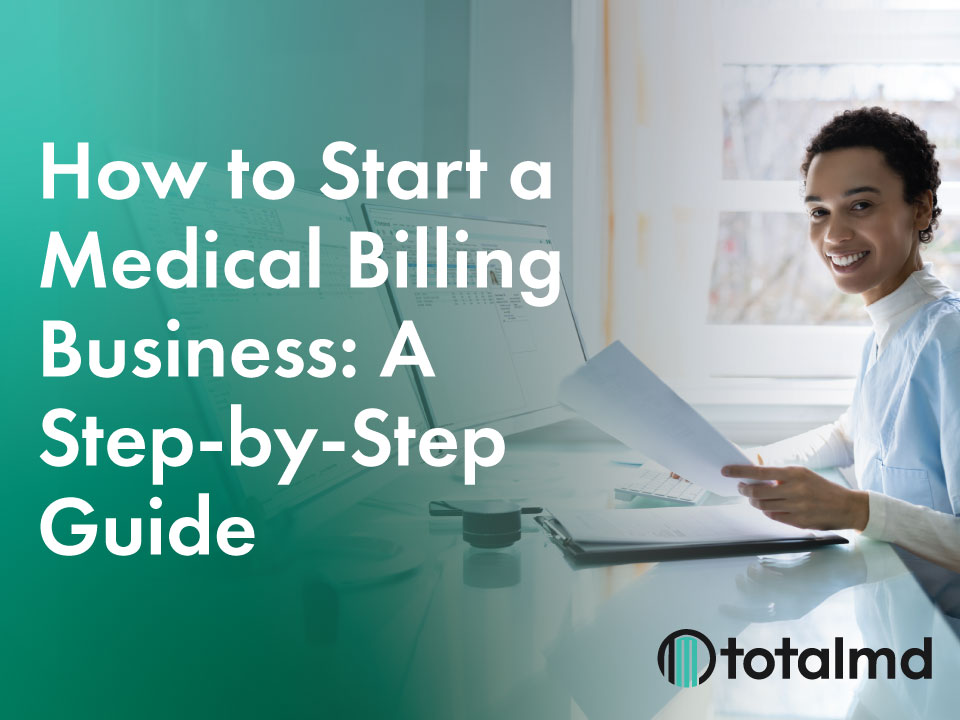6 Effective Ways to Ask Your Patients for Payment

Patient responsibility for medical bills is higher than it’s ever been, which means practices need to be extra diligent in collecting payment from patients.
Here are six strategies you can use that are proven to encourage the behavior you want from your patients: prompt payment.
- Use a simple approach: People prefer simple, easy-to-understand options. This creates trust. You can simplify payment transactions at your office by making it clear right away that you expect patients to pay their portion up front. This can easily be done while setting up and confirming appointments. Example: “Your appointment is set for this Thursday at 2:00 p.m. Your copay is $25. We accept debit, credit, check, or we can send you a payment link to our secure payment portal.” This way, patients will know—before they even arrive for their appointment—what is expected of them regarding payment.
- Frame your message: Ask questions that will encourage the response you want (i.e., prompt payment). Always keep the outcome you want in mind. Then frame your message in a way that will encourage that outcome. AVOID questions like these: Would you like to pay off your balance today? Do you prefer your bills to be sent electronically or through the mail? ASK questions like these: How would you like to pay today? Do you prefer to pay your remaining balance now, or would you like to set up a payment plan?
- Connect with your patients: People want to feel connected to others. Knowing that others are doing things in a similar way—even if it’s something as simple as paying a copay—makes them feel like what they’re doing makes sense. We see this all the time with online reviews. Ninety-one percent of millennials trust online reviews as much as what their friends and family say. For example, you could try a statement like this: “Many of our patients like to set up an automatic payment to be made on the 5th of every month. Would you like to set up something similar to manage your recurring bills?”
- Align with the future action you want: For example, asking patients how they plan to pay sets the expectation that payment will be made, acting as an informal contract between the practice and the patient. Whether you’re setting up an appointment or checking someone in, work under the assumption that patients will fulfill their end of the deal.
- Provide a risk-averse path to payment: When given the choice between two options, people tend to choose the less risky one. If patients are hesitant to pay a large bill, present them with an easier payment option, like a payment plan, or offer them a discount if they pay the entire bill in full that day.
- Create incentives: Consumers are drawn to free things. According to The Economist, many would rather get something for free than save money on a product or service. A rewards system at your office doesn’t have to be complicated. It can be as simple as an extra four hours of PTO for the employee who collects the most patient payments, or a prime parking spot for a month. You could also award patients points each time they come in, and once they reach a certain threshold they get a gift card or free gift.
Study after study has been done on what motivates people to pay. The techniques outlined here are proven to improve consumer payment behavior. You can also access a PDF version of these tips here. Try a few of them out at your practice. You’ll be surprised at how effective they are at improving your bottom line.
This blog content was provided by our friends at Nextrust BillFlash.
BillFlash helps you get paid more, and get paid faster, through patient-preferred billing & payment methods. Our easy-to-use services save your staff time and money and offer a better payment experience for patients. Visit www.billflash.com to learn more.



